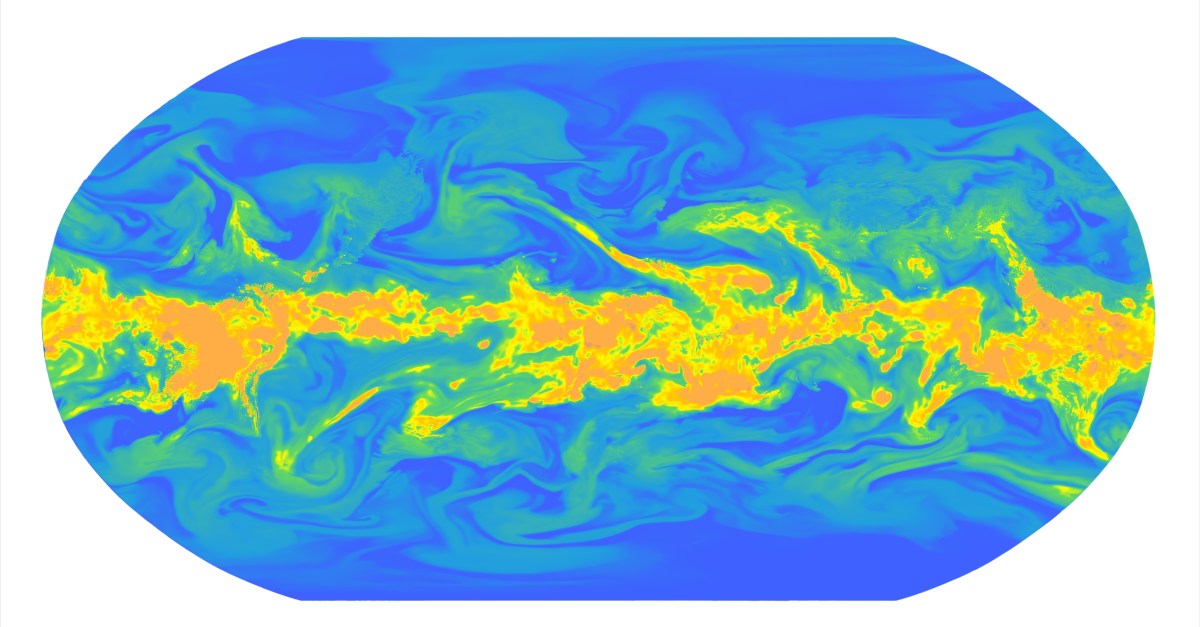Google launches AI-powered WeatherNext 2 forecasting model

Key Points
- Google rolls out WeatherNext 2 across Search, Maps, Gemini, Pixel phones, Earth Engine, and BigQuery.
- The AI model produces forecasts up to eight times faster than its predecessor.
- Accuracy improves for temperature, wind and other variables, reaching 99.9 percent reliability.
- Functional Generative Network enables hundreds of outcomes in under a minute.
- Hourly predictions are available up to 15 days ahead.
- Early‑access program offers custom modeling for enterprise customers.
- Target industries include energy, agriculture, transportation, and logistics.
Google unveiled WeatherNext 2, an AI-driven weather forecasting system that will be integrated across its consumer and enterprise products, including Search, Maps, Gemini, Pixel phones, Earth Engine, and BigQuery. The new model generates forecasts up to eight times faster than its predecessor and delivers higher accuracy for variables such as temperature and wind. Leveraging a Functional Generative Network, WeatherNext 2 can produce hundreds of possible outcomes in under a minute, enabling hourly predictions up to 15 days ahead. Google is offering early access to customers seeking custom modeling, positioning the technology for use in energy, agriculture, transportation, and other sectors.
Google introduces WeatherNext 2
Google announced the rollout of WeatherNext 2, its latest artificial‑intelligence weather model, across a suite of products. The system will appear in Search, Maps, Gemini, Pixel phones, Google Earth Engine, and BigQuery, giving users faster and more precise forecasts.
Speed and accuracy improvements
According to Google, WeatherNext 2 generates forecasts up to eight times faster than the previous AI model while delivering higher accuracy for key variables such as temperature and wind. The model can predict 99.9 percent of these variables and can produce hundreds of potential outcomes from a single starting point in less than a minute using a TPU chip—an operation that would normally take several hours on a traditional supercomputer.
Technical approach
The new system relies on a Functional Generative Network (FGN). Unlike older AI weather models that required repeated processing, the FGN injects targeted randomness into each input, allowing WeatherNext 2 to generate many different outcomes in a single step. This efficiency enables hourly forecasts up to 15 days in advance.
Enterprise and industry focus
Google is marketing WeatherNext 2 to both consumers and businesses. The company highlights interest from sectors such as energy, agriculture, transportation, and logistics, where one‑hour‑step forecasts can support more precise decision‑making. An early‑access program is available for customers who want custom modeling capabilities.
Competitive landscape
Google acknowledges competition from other organizations developing AI weather models, including the European Centre for Medium‑Range Weather Forecasts, Nvidia, and Huawei.